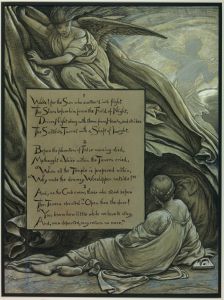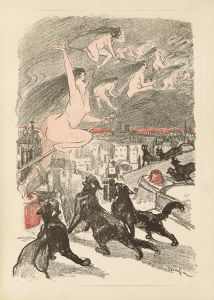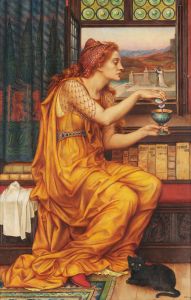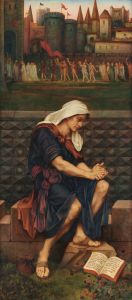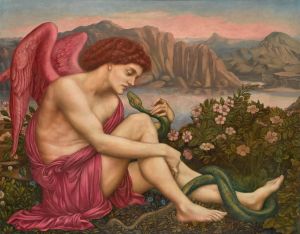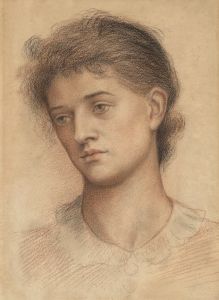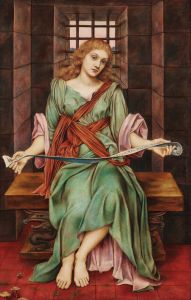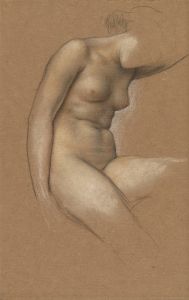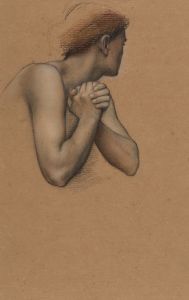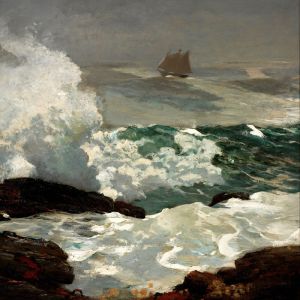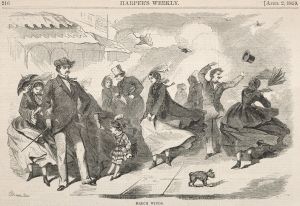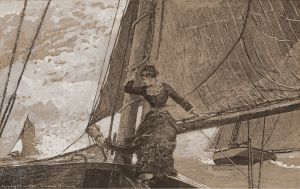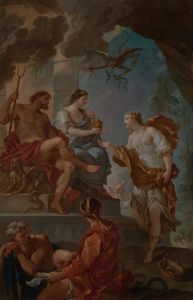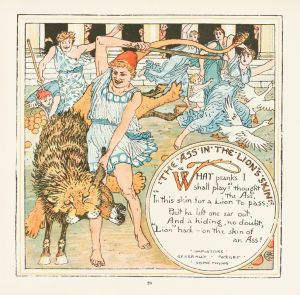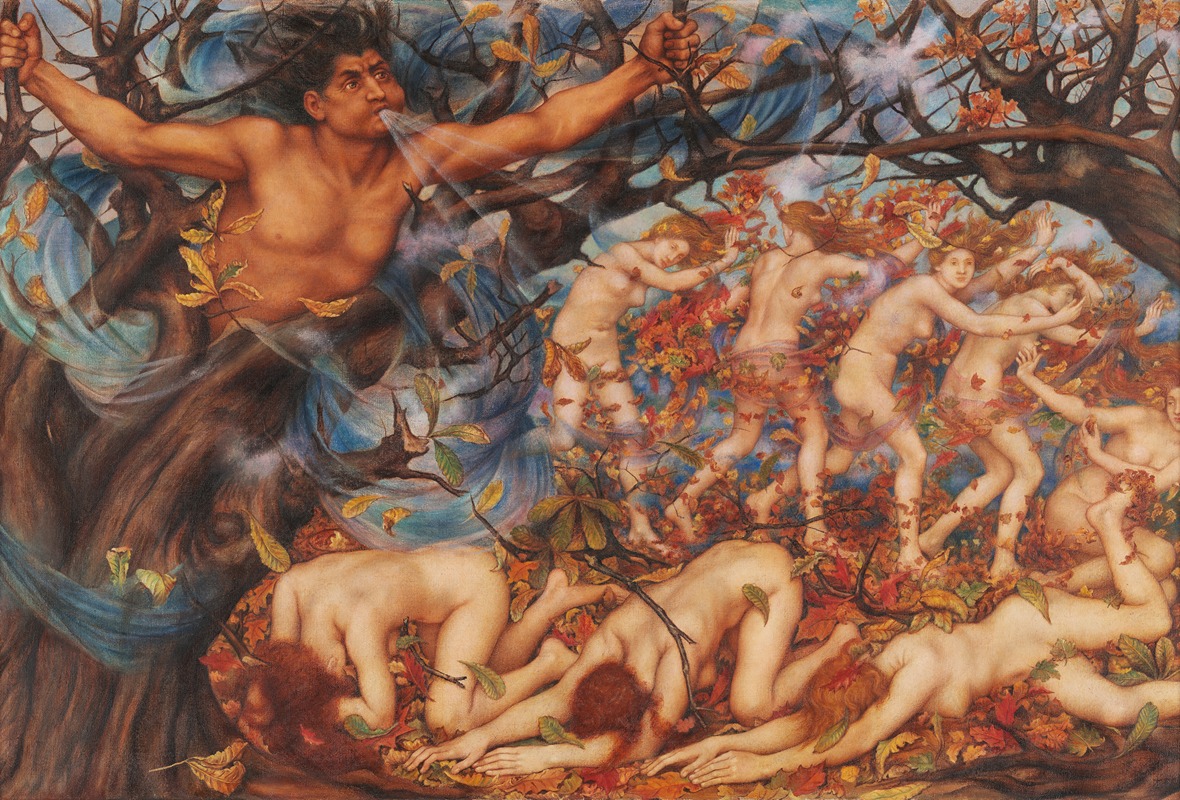
Boreas and the Fallen Leaves
A hand-painted replica of Evelyn De Morgan’s masterpiece Boreas and the Fallen Leaves, meticulously crafted by professional artists to capture the true essence of the original. Each piece is created with museum-quality canvas and rare mineral pigments, carefully painted by experienced artists with delicate brushstrokes and rich, layered colors to perfectly recreate the texture of the original artwork. Unlike machine-printed reproductions, this hand-painted version brings the painting to life, infused with the artist’s emotions and skill in every stroke. Whether for personal collection or home decoration, it instantly elevates the artistic atmosphere of any space.
Evelyn De Morgan was a notable English painter associated with the Pre-Raphaelite movement, known for her symbolic and allegorical works. One of her significant paintings is "Boreas and the Fallen Leaves," which exemplifies her distinctive style and thematic interests.
"Boreas and the Fallen Leaves" was completed in 1903. The painting reflects De Morgan's fascination with mythological themes and her ability to convey complex ideas through allegory. Boreas, the Greek god of the north wind, is a central figure in this work. In Greek mythology, Boreas is often depicted as a powerful and sometimes fearsome deity, capable of bringing cold winter winds. De Morgan's portrayal of Boreas is consistent with these traditional attributes, yet she imbues the scene with her unique artistic vision.
The painting depicts Boreas amidst a flurry of autumn leaves, which are shown swirling around him. This imagery can be interpreted as a representation of the changing seasons, a common theme in art that symbolizes the passage of time and the cycle of life and death. The fallen leaves may also suggest the idea of decay and renewal, as they are swept away by the wind to make way for new growth in the spring.
Evelyn De Morgan's use of color and composition in "Boreas and the Fallen Leaves" is noteworthy. She employs a rich palette, with deep blues and earthy tones that evoke the chill and transformation associated with autumn. The dynamic movement of the leaves and the figure of Boreas create a sense of energy and motion, drawing the viewer into the scene. De Morgan's attention to detail and her ability to convey texture and form are evident in the intricate depiction of the leaves and the flowing garments of Boreas.
As with many of De Morgan's works, "Boreas and the Fallen Leaves" can be seen as a reflection of her broader philosophical and spiritual beliefs. She was deeply interested in themes of transformation and the eternal cycle of life, which are recurrent motifs in her art. Her paintings often explore the interplay between the physical and the spiritual, the temporal and the eternal.
Evelyn De Morgan's work, including "Boreas and the Fallen Leaves," has been recognized for its contribution to the Pre-Raphaelite movement and its exploration of symbolic and allegorical themes. Her paintings are celebrated for their technical skill, imaginative compositions, and the depth of meaning they convey. Today, De Morgan's works are held in various collections and continue to be studied and appreciated for their artistic and historical significance.





